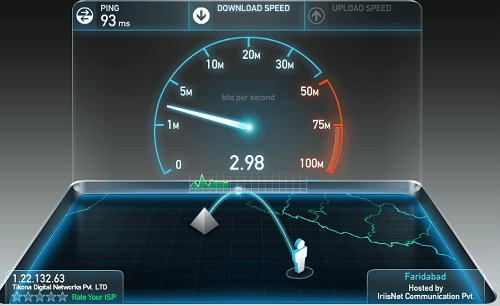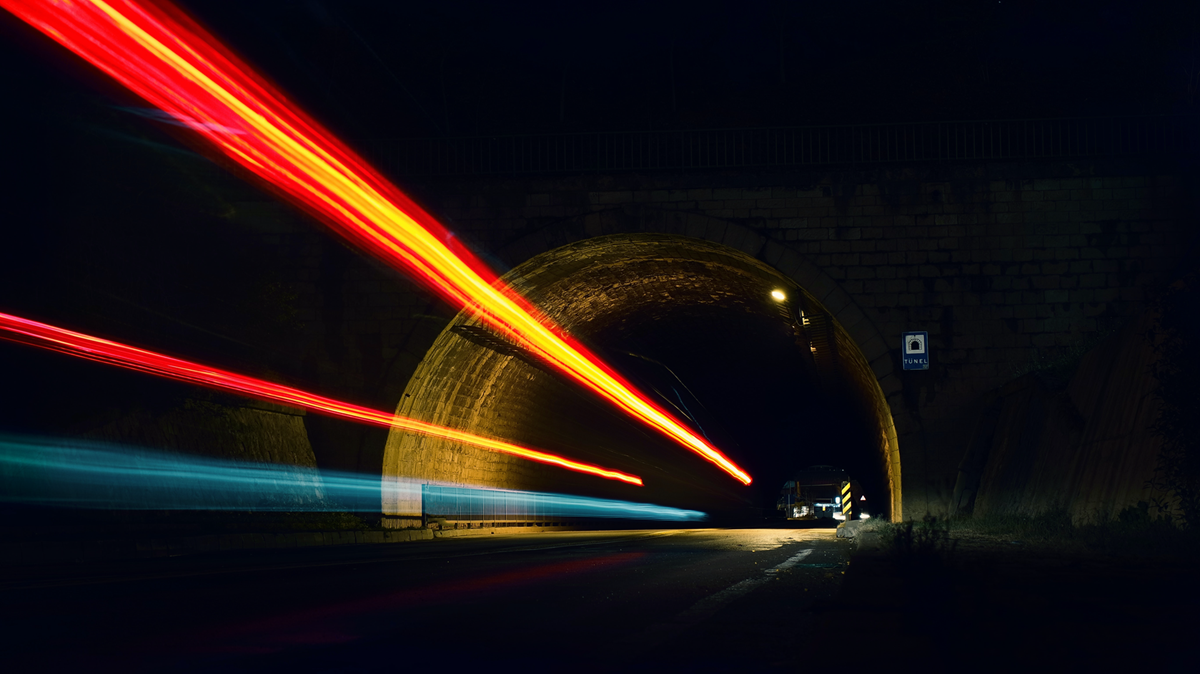

- WHAT IS THE IDEAL SPEED FOR STREAMING 320KBPS
- WHAT IS THE IDEAL SPEED FOR STREAMING 720P
Most production equipment will work at either 44100Khz or 4800Khz.Sample rates above this are unsupported and can cause a failure in the stream or recording. 48000 Khz is the highest supported sample rate.
WHAT IS THE IDEAL SPEED FOR STREAMING 320KBPS
In addition, the perceived quality gain at bitrates above 320kbps is minimal, so it is recommended to keep the audio bitrates within the ranges suggested above.
The audio bits take up much less of the overall bandwidth than your video bitrate. If your available bandwidth is limited, you should reduce both your resolution and your bitrate accordingly. Using too high or low of a bitrate can lead to poor image quality or buffering for your viewers. It is important that you use the guidelines provided in the chart above to appropriately match your bitrate to the resolution you are using. Higher resolutions require a higher bitrate to achieve the same perceived quality video stream. For example, "talking heads" sitting at a desk with a relatively static shot can use the lower end of the bitrate recommendations provided above, whereas a sporting event or concert with high motion and many moving cameras will typically require a significantly higher bitrate at the same resolution to have the same perceived quality. Higher motion content requires a higher bitrate to achieve the same perceived quality video stream. This is one of the reasons why having adequate headroom in your bandwidth is so important. Depending on the level of motion in your video content and your keyframe interval, the actual encoded bitrate of the stream will go higher and lower than the target. With a variable bitrate encoder, when you set a bitrate, you are only setting a target. Many popular encoders on the market use variable bitrate encoding. Attempting too high of a resolution on too little processing power can result in degraded image quality and corrupted or interrupted streams or recordings. Be aware that higher resolutions require greater processing power to encode the stream. You will have no gain in quality and you are using more bandwidth than is necessary for you and your viewers. For example, it does not make sense to capture at 720 and stream at 1080. You should never be scaling up and streaming at a higher resolution than your original video source. Or capture at HD 720 and stream at 540 (high). For example, capture at HD 720 and stream at HD 720. 
It is best to either match your original video source, or scale it down.We recommend streaming at a resolution with a 16:9 aspect ratio as listed above.The table below provides recommended configurations for higher and lower bitrates and resolutions. Qualityĭepending on your video production workflow, your encoding equipment, or your available bandwidth, you may want to send lower or higher resolutions and bitrates or you may want to send up to 4 multiple bitrates instead of using IBM Watson Media's Cloud Transcoding option. Attempting higher resolutions and bitrates without sufficient encoding resources or bandwidth can lead to poor image quality and interrupted or corrupted viewing or recordings. These resolutions should only be used when you are certain you have sufficient resources to successfully encode and send with no quality loss.
WHAT IS THE IDEAL SPEED FOR STREAMING 720P
For most applications IBM Watson Media recommends sending a single high definition stream at 720p resolution with the following settings: Qualityįull HD 1080P and 4K streams require significantly more encoding processing power and bandwidth.






 0 kommentar(er)
0 kommentar(er)
